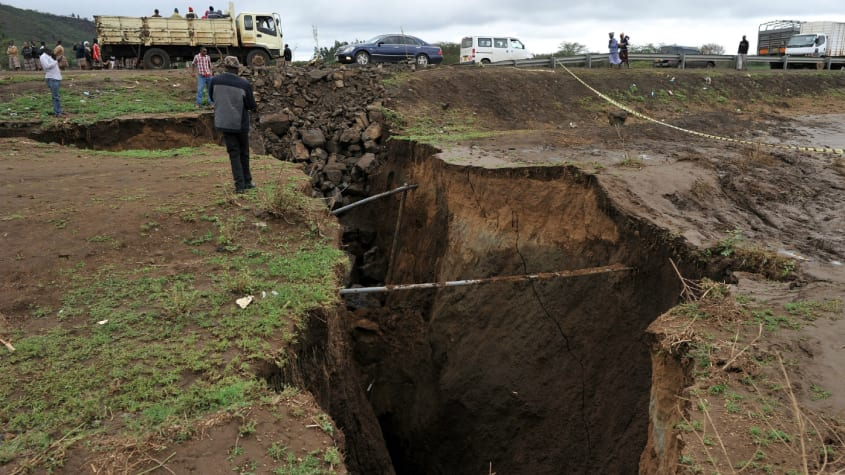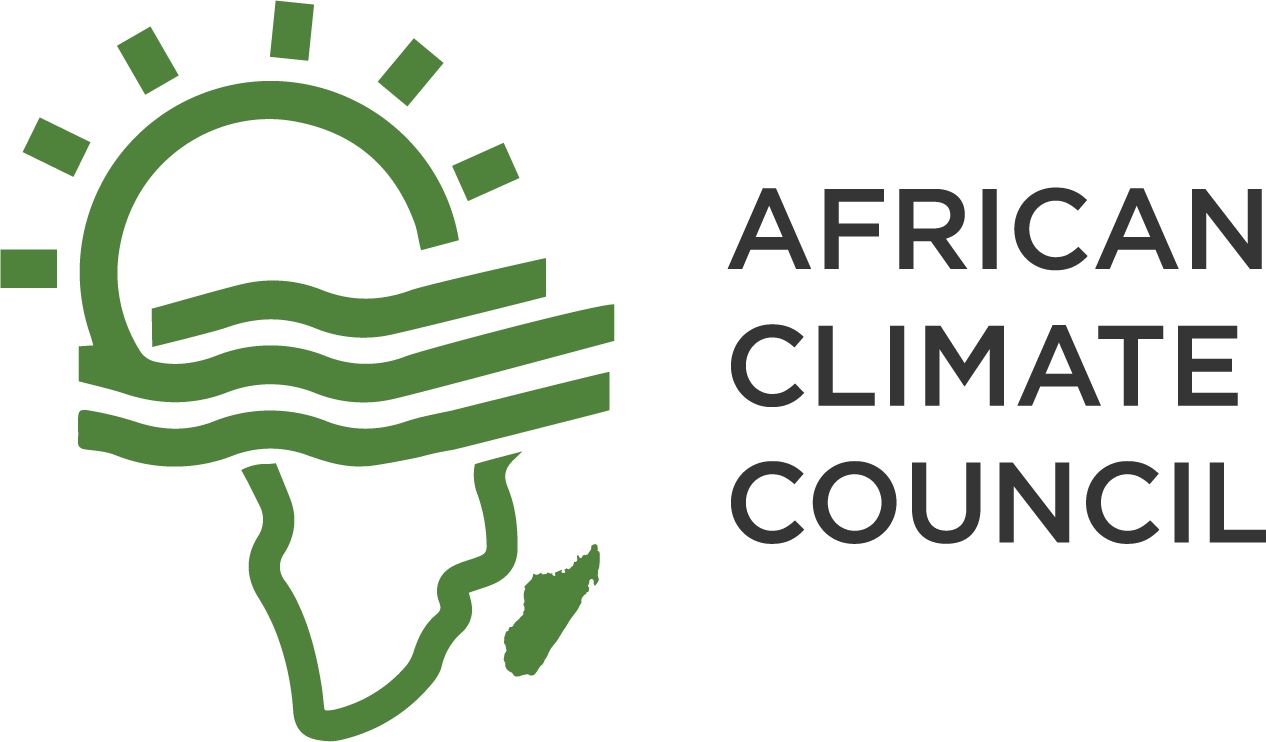
Areas of Nakuru county, Kiamunyi location, and Mai Mahiu in Kenya have recorded massive cracks as a result of SOMALI TECTONIC PLATE movements. The Eastward motion has been happening gradually and is connected to an earthquake in Ethiopia in 2005.
Geologists say this could lead to a new coastline stretching from the Horn of Africa downwards to Zambia en route to Mozambique. Therefore, landlocked nations are bound to have their coastline. In human time, we’ll have to wait for millions of years to see the entirety of this phenomenon.
Nonetheless, it is a pretty short time for a world whose ecosystem is drastically changing. For instance, the continued long rains in Nakuru’s Kiamunyi area and Mai Mahiu in Kenya’s Rift Valley. The shift in the Tectonic plates is also happening actively beneath the ocean, perhaps giving insight into the recent Cyclone along the coastlines of Madagascar and Malawi.
With continued changes in climate, effects are directly felt by the people, infrastructure, and land. Both the landlocked and oceanic regions should take necessary precautions considering the severity and unpredictability of the occurrence. For instance, the cracks were recorded along the Kenyan Rift in 2018, an earlier call for the nation’s government.
According to research, the tectonic plates’ movements might not be a direct cause of human climatic influences but rather the Earth’s way of evolving. Nonetheless, we are also transforming through our tech, increased population, nuclear activities, and oil excavation, making mother nature respond faster.
It would be best for respective governments to rehabilitate some of the affected areas. Additionally, vacating residents is advised in these land-slide-prone areas before further damage. Most importantly, tackling climate change is a long-term solution to controlling the damage from such phenomena.


Add a Comment